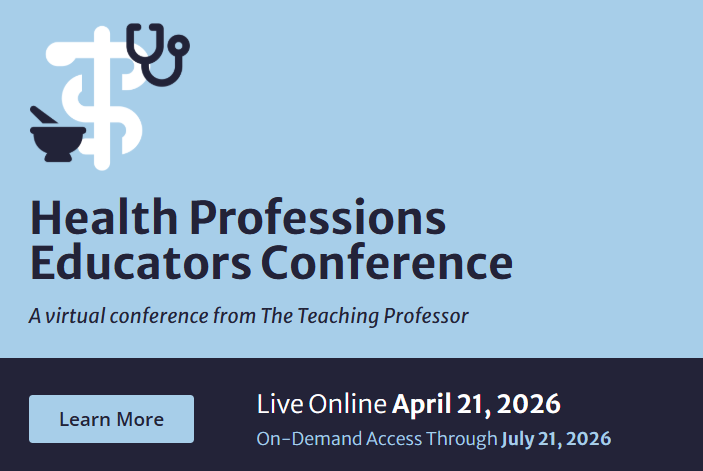Finding your path to tenure as a novice educator can be daunting and anxiety provoking. It is reported that challenges for junior faculty are most often related to decoding expectations of the academic organization and creating relationships with colleagues (Kahanov et al, 2012). Few tools exist to help new faculty navigate the complexity of the first years of academic life.
This article will introduce readers to a process called strategy mapping. The result of the process of strategy mapping is a tangible document called a strategy map. Though strategy mapping is a process that originated within the business world, its applicability within academic settings holds much promise. Within academic settings strategy maps can be used to prioritize teaching, research, and service expectations, particularly for novice educators who have little experience in the academic environment. This article will further demonstrate how the strategy mapping framework aligns with organizational expectations of academic life; how strategy maps can be used to optimize goal setting for new educators; and how strategy maps can be used as a tool to optimize structure and direction within formal mentorship relationships.













